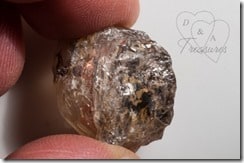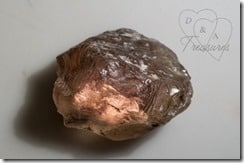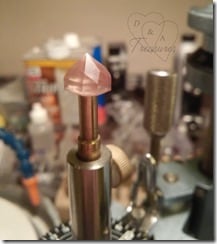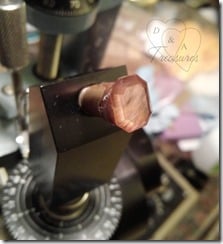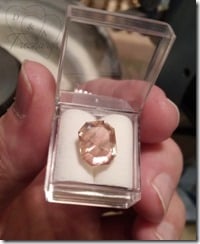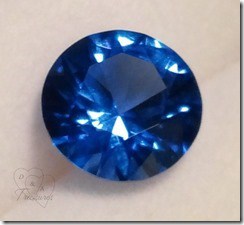Have you ever wondered if you got the “real deal” when you purchased a gemstone from someone or if the gems you just purchased at an estate sale are real?
Becoming proficient in the use of a Gemological Refractometer like the one pictured above can help you confirm what you have.
Follow these tips after you’ve read the instructions included with your equipment to get better/more accurate readings:
1. Make sure your stone is clean – wipe well with polishing cloth.
2. Find the best polished face and give it two or three additional “touching off” swipes on a clean sheet of paper.
3. Remove polarizing lens and magnifier from your refractometer – at this point you’re going to be looking for the general area of the index as you place the stone.
4. Put a drop of R.I. liquid (about the size of a pin-head) on the stage plate just North of the hemicylinder.
5. Place stone on stage and slide through liquid from North to South (towards you) up onto the hemicylinder with LIGHT pressure – always move the stone North and South on the hemicylinder and take precautions not to scratch it. Should scratching occur, the North/South marks will be less likely to interfere with readings.
6. Observe the silhouette of the stone move down the scale through the eyepiece (ocular) and see where it cuts off – this is where you’ll look for a more specific R.I. reading after you replace the magnifier – slightly nodding your head will make it possible to avoid dragging the stone further than necessary.
7. Now put on the magnifier and polarizer and close the lid over the staging area.
8. After you re-locate the line, turn the polarizer (like a car steering wheel) watching for max high and low readings (trying to guestimate to the thousandth!).
9. Turn stone from noon to 1 o’clock, 2 o’clock, etc. all the way through to 5 o’clock (a final 6 o’clock reading will be 180 and should be a reaffirmation of the original) to get the highest and the lowest readings.
The difference between the highest high and the lowest low is your birefringence and will give a more acurate i.d. than R.I. alone.
If both numbers move, your stone is biaxial (if the variance between the higher numbers is greater than the variance between the lower numbers the stone is biaxial positive – the opposite would make it biaxial negative).
If only one number moves, the stone is uniaxial (if the higher numbers vary, the stone is uniaxial positive, the opposite making it uniaxial negative).
If neither move, the stone is either single refractive or the birefringence was so sleight you were unable to detect it.
If as you first place the stone the silhouette goes all the way down to the R.I. of your liquid (probably 1.81) it’s considered over the limit.
Hope this helps!



